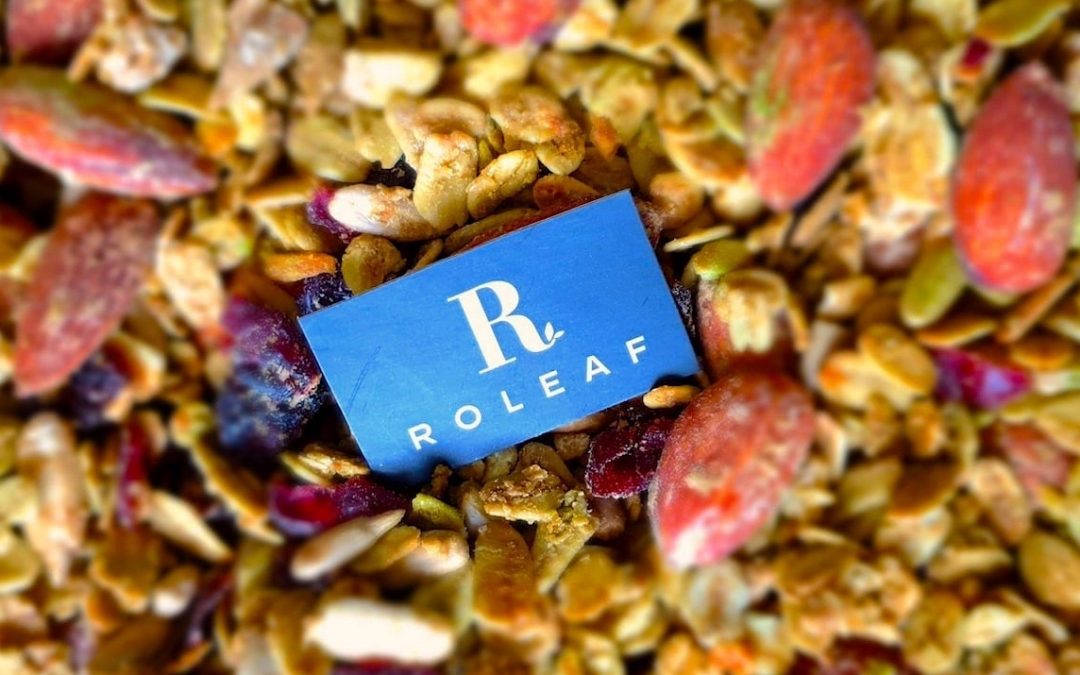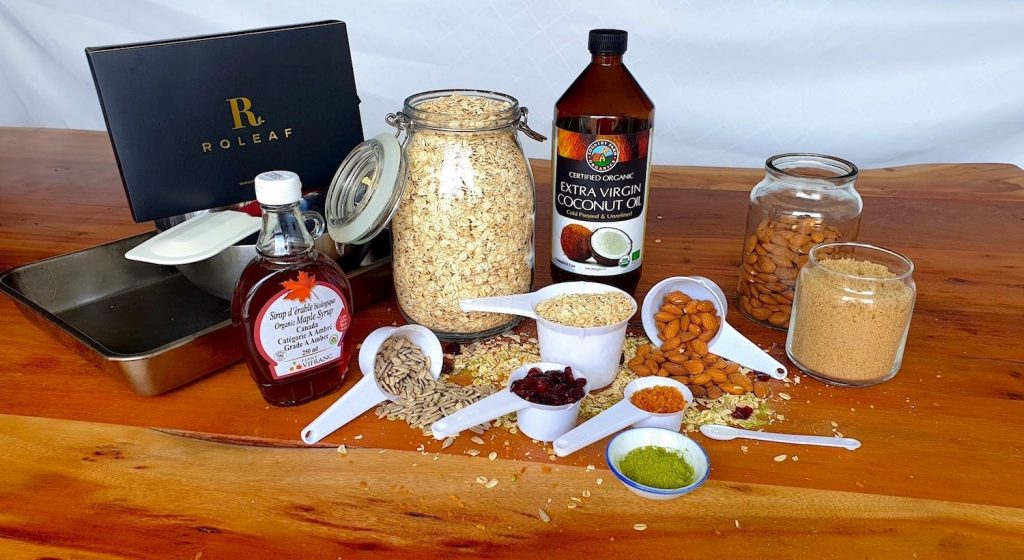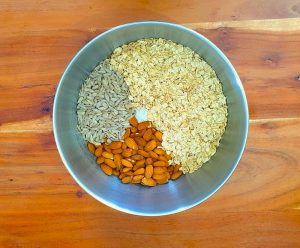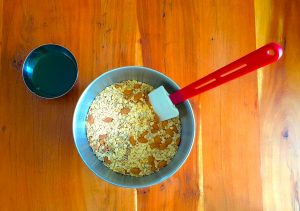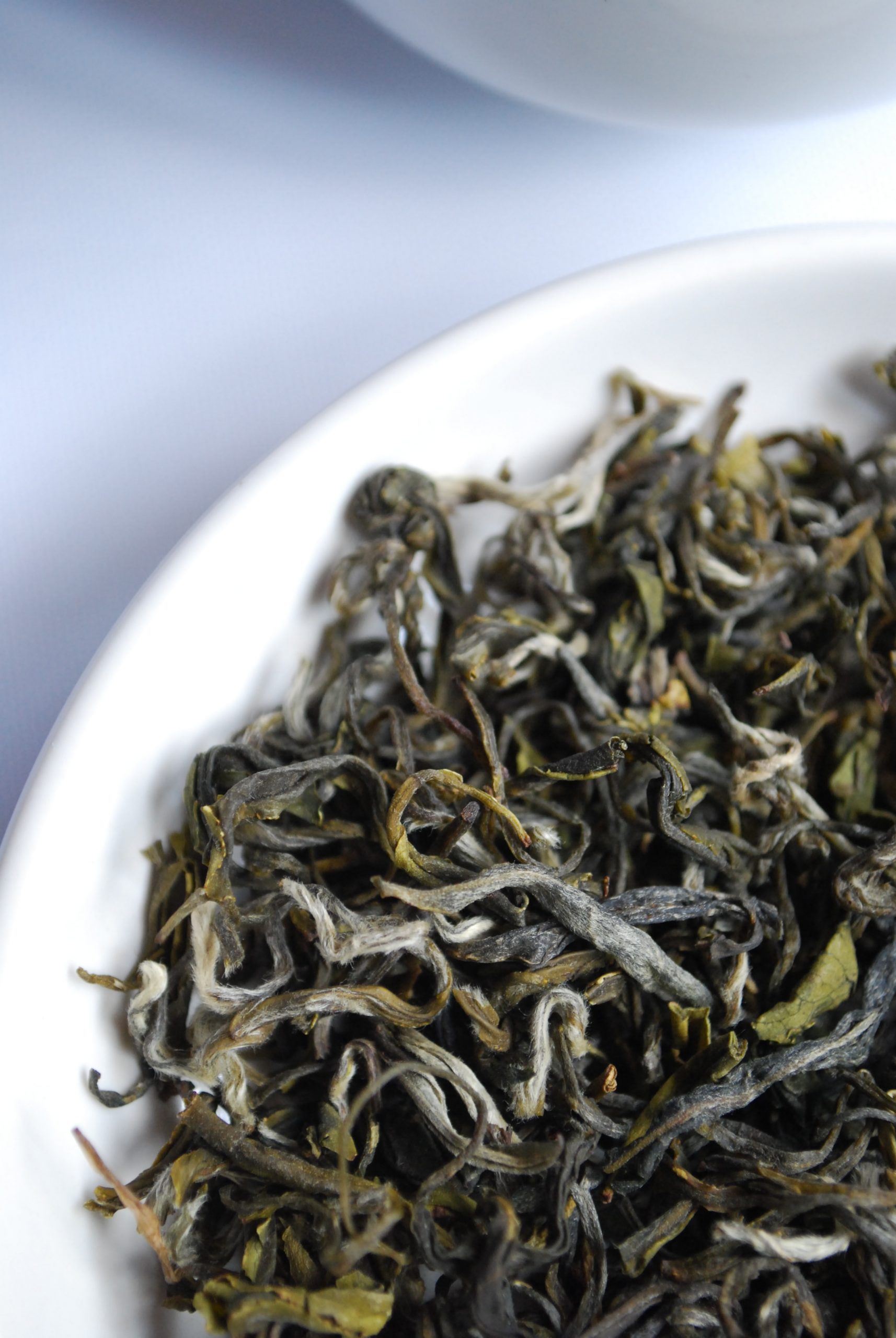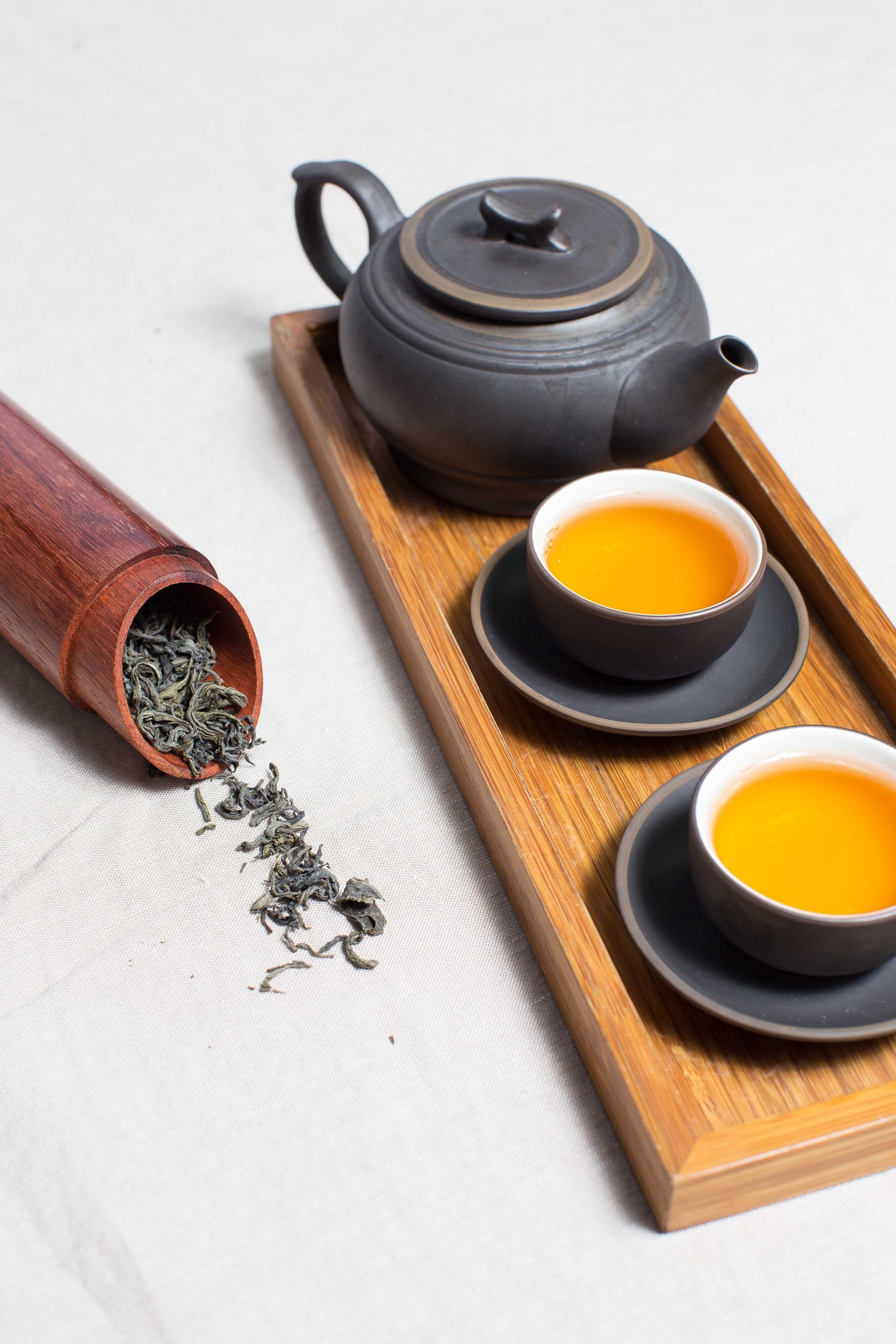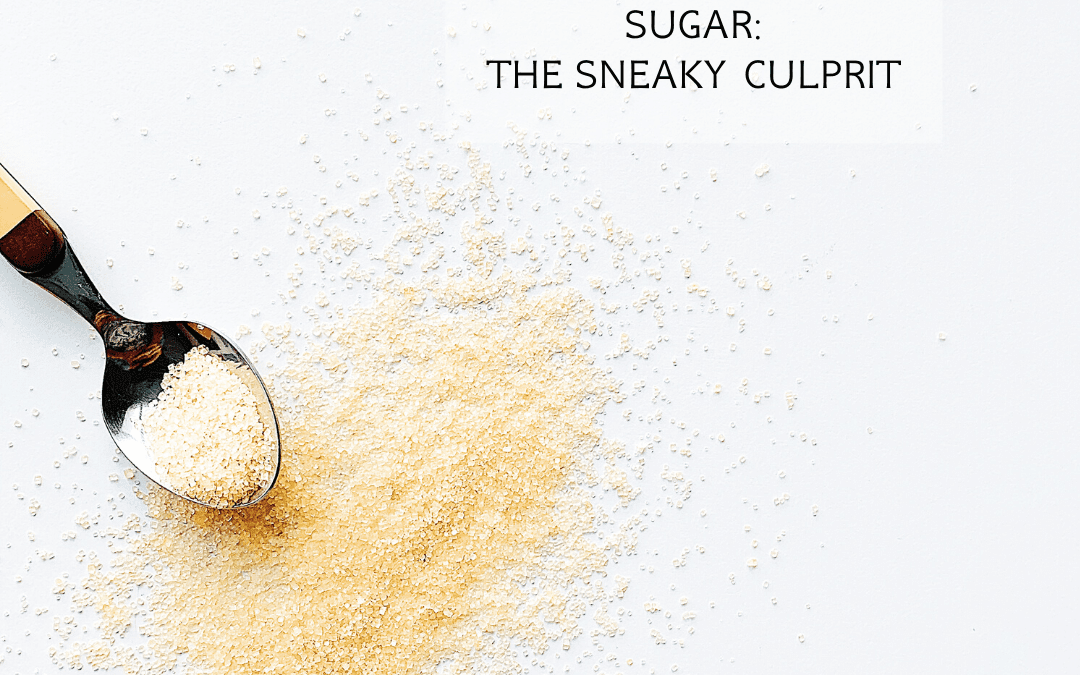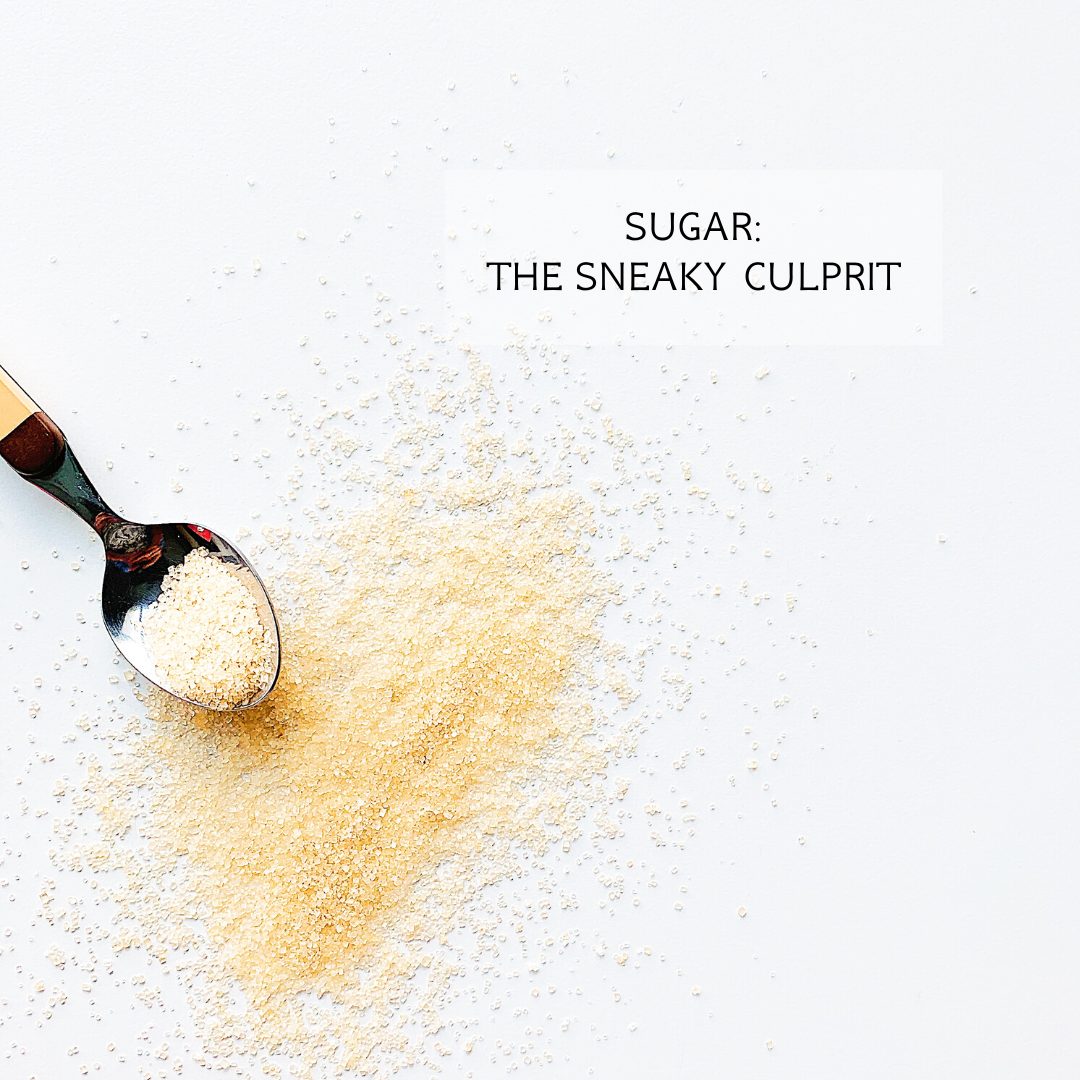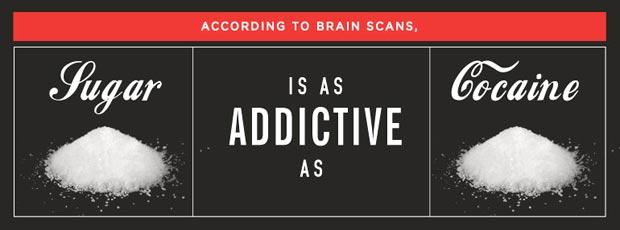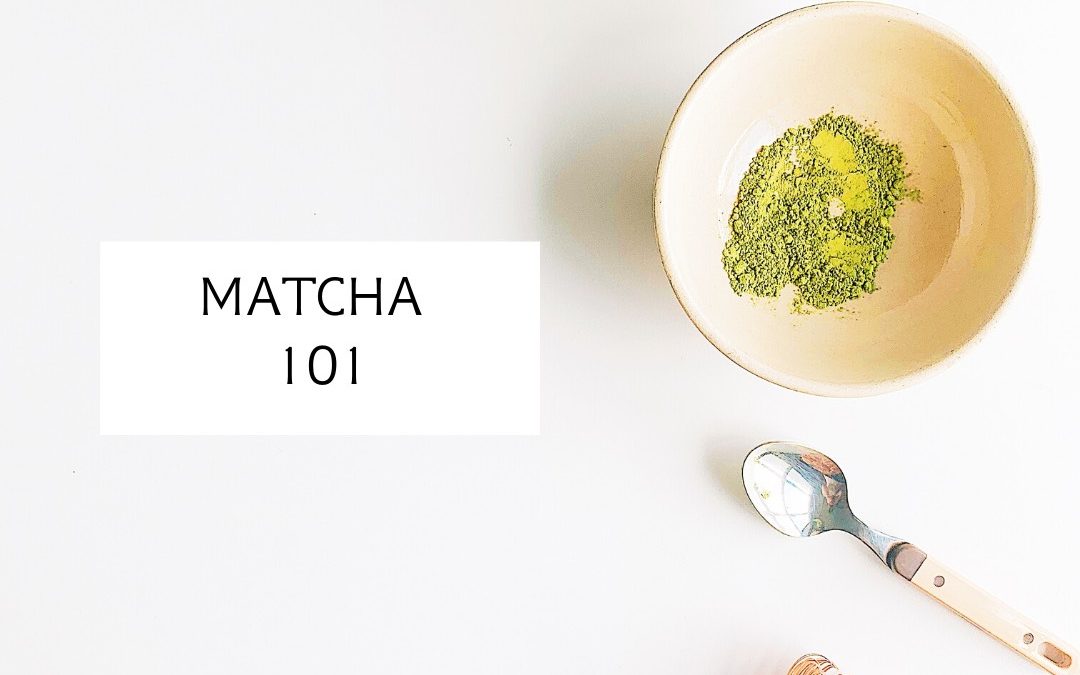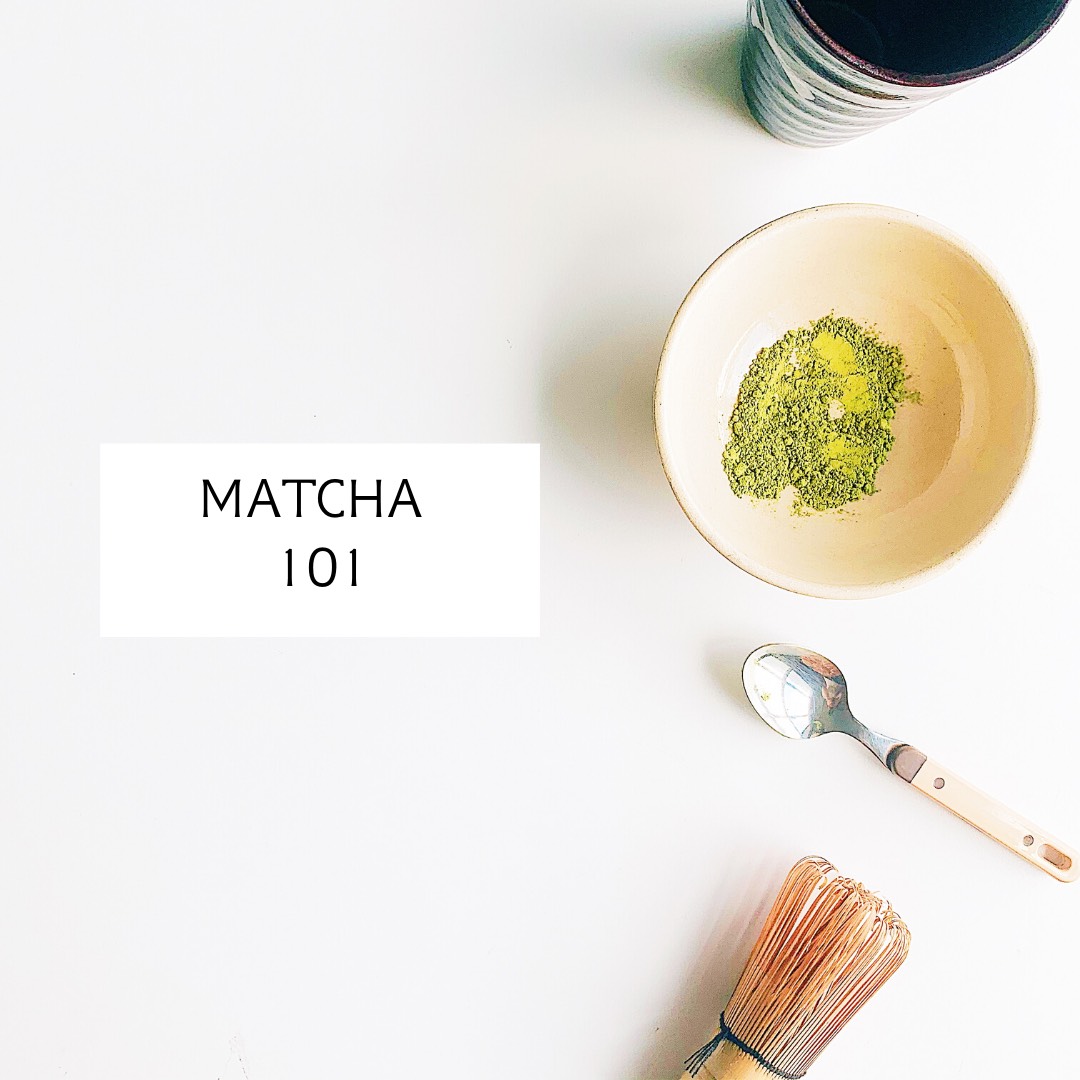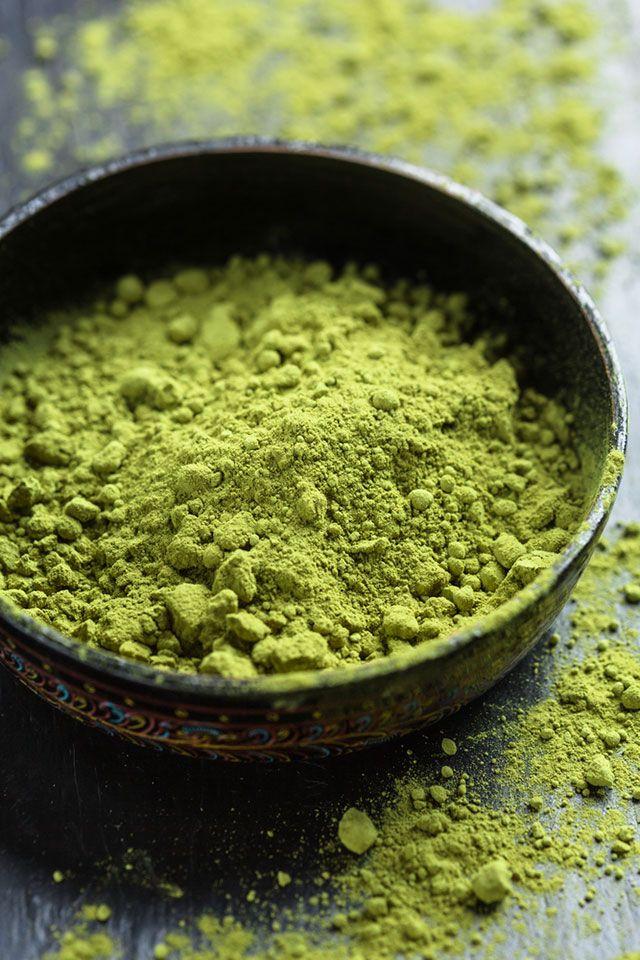Green tea is one of the most amazing healing remedy this planet has to offer. Here are three remarkable health benefits of including it in your daily diet!Powerful AntioxidantThis is perhaps the most touted benefit of green tea. In this case, the secret is in...

Black Tea 101
By the end of the Ming dynasty (1368 – 1644), the culture of tea drinking was growing in the West. But black tea did not find appreciative drinkers until the Dutch embraced Chinese tea after 1640, when Dutch traders introduced tea to society patrons in Hague and it became a fashionable lifestyle.
Eventually, tea became the most sought-after trade commodity of the English East India Company. Generally, fully oxidized black tea became the favorite tea among European tea drinkers.
Even though China produces heavenly black teas, it is the least consumed class of tea in China. However, it is most widely consumed in India and Sri Lanka (formerly known as Ceylon during the British colonial days) and the West. In brief, India and Sri Lanka have provided tea drinkers with four types of flavorsome and brisk teas – self-drinking tea, single-estate tea, seasonal tea and blended tea.
Single-estate teas are “single-malt Scotches” of the tea world – tea masters source these unblended, pure teas from specific tea gardens
Generally, the plucking standard for black tea in the most tea-producing countries is a hand-plucked bud and two leaves. This is preferable than motor-driven leaf cutters which removes more than just the leaf. As a result, the flavour of these teas is inferior to tea made from carefully plucked tea leaf of the same size that is carefully and intentionally plucked by hand.
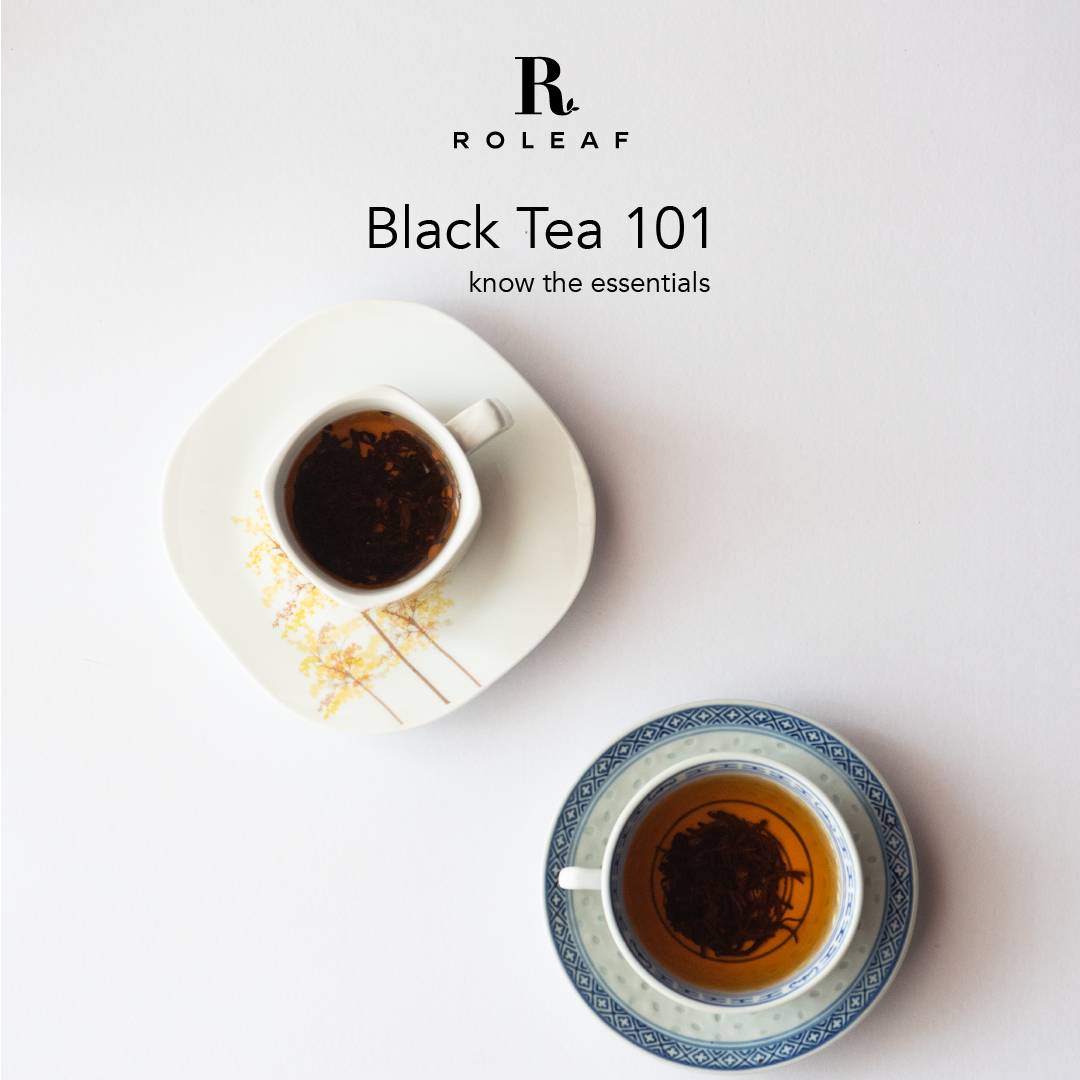

Health Benefits
During the rolling process in manufacturing black teas, the cells release the natural internal leaf juices (or cell sap) contained within the tea leaves. The next step, roll-breaking, allows the internal leaf enzymes and polyphenols to mix and spread evenly throughout the leaf and sets the stage for polyphenols to absorb oxygen during the early stages of the oxidation process.
These polyphenols are also a type of antioxidant that can help remove free radicals and decrease cell damage in the body. Additionally, it may help decrease the risk of chronic disease.
There is evidence that black tea enhances mental alertness, as would be expected because of its caffeine content.
Read more: Antioxidants – Why Do You Need Them?
Grades of Black Tea
There are no universal standard for grading black tea. For instance, grades of Indian black tea can be categorized into whole leaf, broken leaf and CTC (crush, tear and curl) teas. However, in China, depending on the tea garden, a tea might have a great deal of information presented about it. The information may include the country of origin, specific region, years of harvest, season of pluck and method of manufacture.
All in all, it is necessary to cultivate a relationship with a trustworthy tea brand. As you become familiar with our teas, you will in essence become familiar with our criteria for selection. This will prove to be more valuable to your enjoyment of tea than any complex, universal system of standards could ever be.
p.s. Shop for our Black Tea Collection.
Classic leaf styles
- Twist or curly
- Spiral or crimped
- Needle or wiry
- Ball or rolled
- Broken leaf
- CTC
- Granular
- Fannings
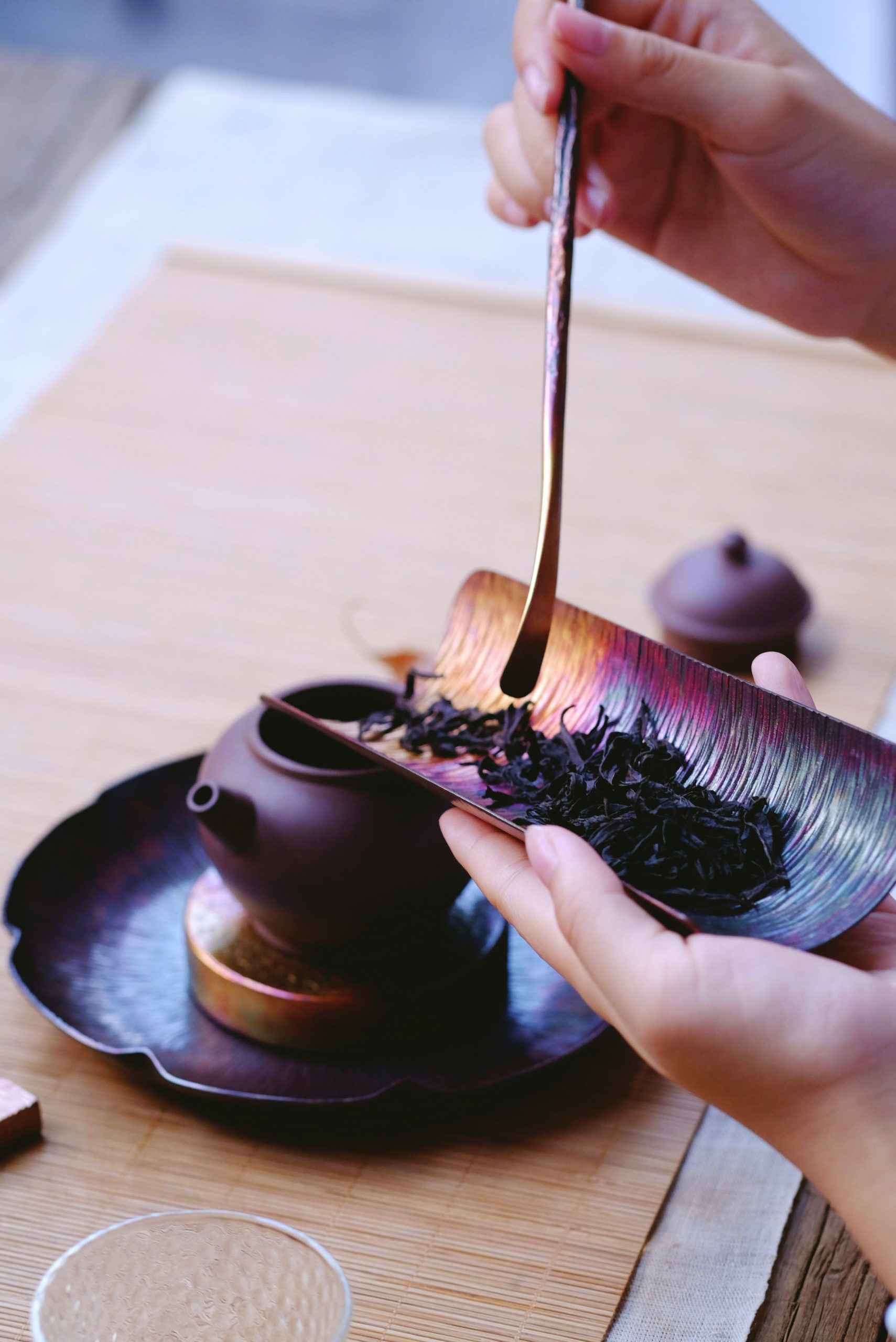
Taste components
- Aromatic
- Astringent
- Biscuity
- Bold
- Brisk
- Colory
- Coppery
- Crisp
- Full
- Lingering finish
- Malty
- Nutty
- Point
- Short-finished
- Smoky
- Spicy
- Strength
- Sweet
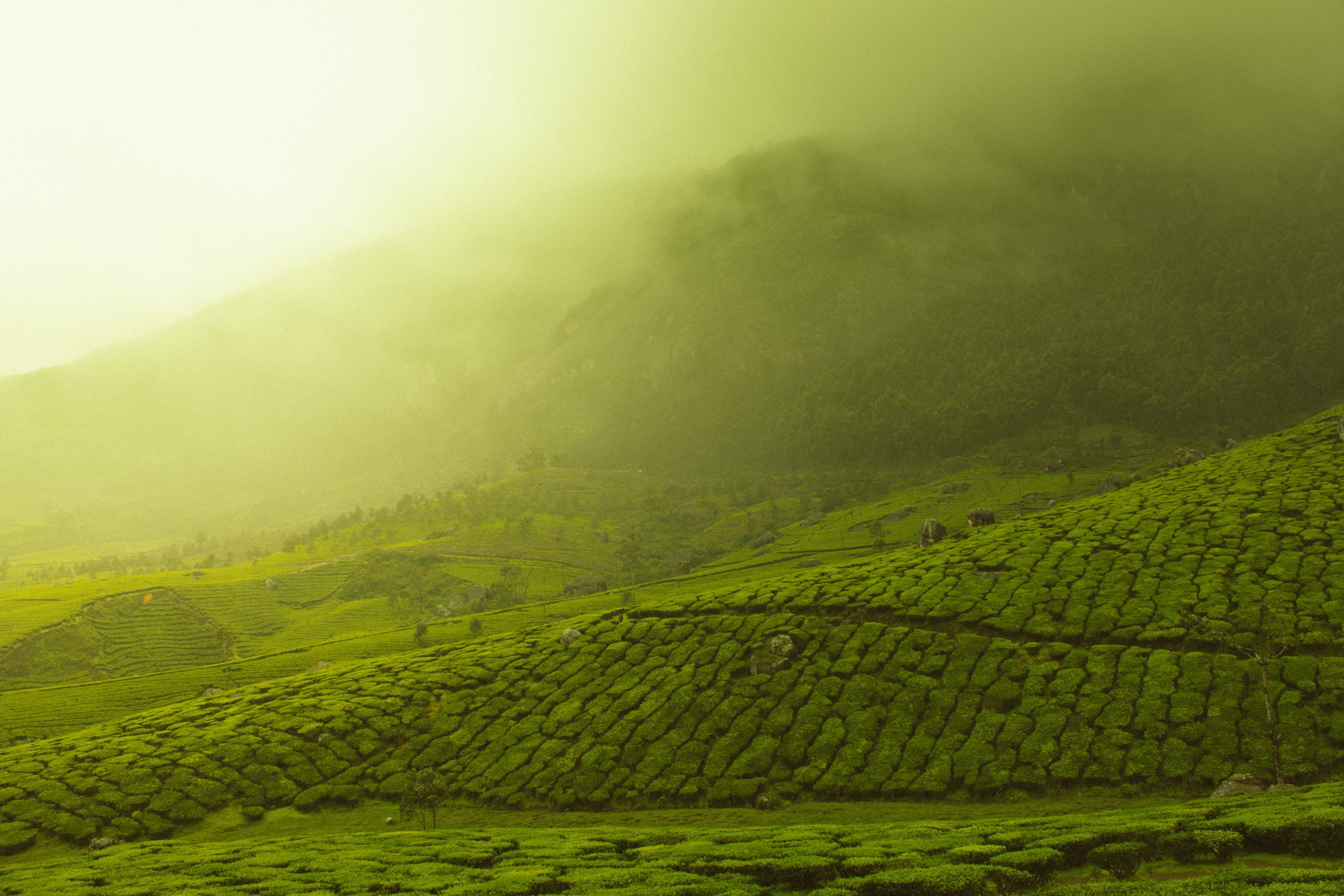

Steeping Black Tea
Black tea is best drunk however you like it – plain or with the addition of milk and sugar or with a squeeze of lemon to accentuate astringency. The following measurements will work whether you are using a ‘gaiwan’ or teapot.
- 2 tablespoons of leafy tea (per 175ml of water)
- 1 teaspoon for orange pekoe grades of CTC
- Temperature: 85 – 95°C
- Steeping time: 3 ½ minutes for small leaf or CTC tea; 3 ½ – 5 minutes for orthodox leaf
Read more: Tea Brewing Instructions
Read more: 3 Black Tea Pairing Tips for Beginner
The Role of Black Tea

CHINA
Interestingly, black tea is the least-consumed class of tea in China. China produces only a small quantity of black teas – less than 15% of their yearly production. But there are many exquisite and very high quality black teas (e.g. Lapsang Souchong, Keemun Black tea) from provinces such as Anhui, Fujian, Guangdong and others.
The sweet, soft nature of leaf plucked from China bush varietals provides an underlying delicious, non-astringent flavour that is enhanced by the distinct Chinese style of withering and oxidation.
Chinese teas rely on the sweet-tasting buds to plump up the flavour of the tea because buds are richest in amino acids and polyphenols. That is why the Chinese black teas are smoother, sweeter, juicier and more buttery than black teas from other sources.
SRI LANKA
Tea was first cultivated in Ceylon by the English in 1875. In the mid-nineteenth century, the British began to plant tea bushes on the island to replace the coffee plantations which were wiped out by succession of devastating coffee blights. Sri Lanka benefits from an excellent location and geography, and it has an enviable climate with a unique mix of temperature, moisture and wind that greatly benefits the profile of these teas.
Generally, the teas are brisk and full-bodied, not flowery or robust. Tea connoisseurs prize the thirst quenching highland teas for their fragrant aromas and bright colors which range from golden to coppery. Roleaf sources most of our black teas from Sri Lanka (e.g. Elegant Earl Grey, Everyday English Breakfast).
INDIA
India produces black tea in a diverse group of fifteen states. Generally, 60-75% of total tea production is Assam tea, 1% is Darjeeling and 25% is Nilgiri and the balance is comprised of lesser-known teas.
The majority of Assam’s black tea is manufactured into CTC tea, contributing overall strength and body to black tea blends (primarily sold in tea bag form). Darjeeling tea gardens thrive at elevations from 1,800 to 6,300 feet in a mountainous area in the northern state of West Bengal. Because the cool thin air at higher elevations slows leaf maturation, this concentrates the flavor in the leaves, giving these teas a well-defined and precise flavor profile.
AFRICA
It was only in 1903 that tea farmers planted the first tea bushes on a two-acre tract in Kenya. Now, Kenya ranked third in world production of black tea in 2008. Kenya teas are vigorous, flavorful and full-bodied in style.

Written by POS
Related Guides
Related
3 Health Benefits of Green Tea
Award Winning Matcha – Know What You’re Drinking
Roleaf Matcha is from Yame, Japan which is is famous for its outstanding gyokuro (jade dew). It is proud of its top production amount of gyokuro green tea (Highest Quality). As much as 45% of all gyokuro available on Japanese market comes from Yame Region. Hence, tea connoisseurs recognize Yame as one of the few production places of highest quality green tea in Japan.
Burnt Matcha Oreo Cheesecake Recipe
Unlike a traditional cheesecake, every bite has a slight bitterness to it, balancing out the sweetness and tang of the cheesecake. The addition of the matcha makes the cake less sweet and more savoury.

